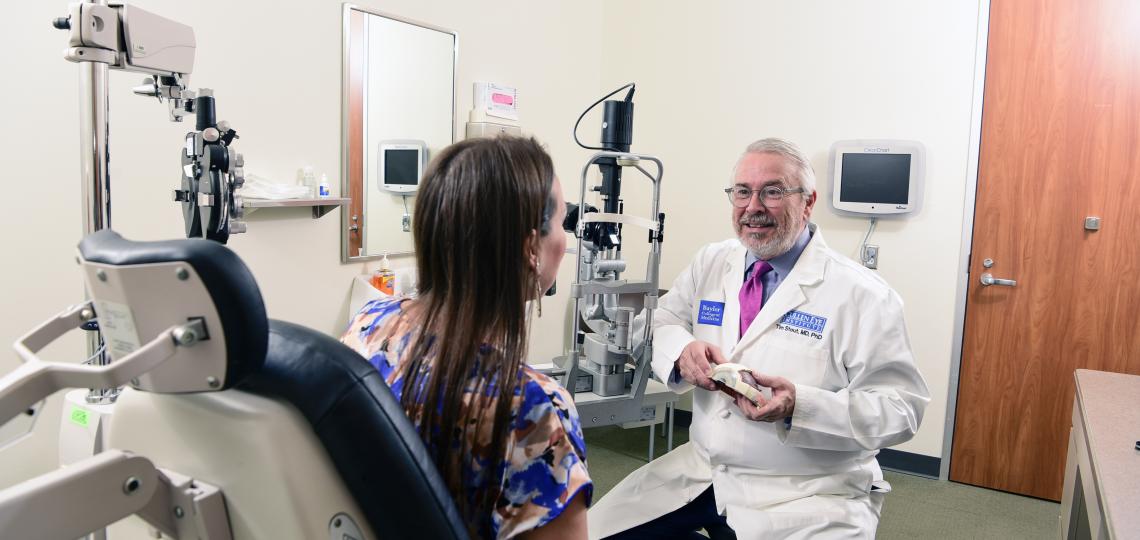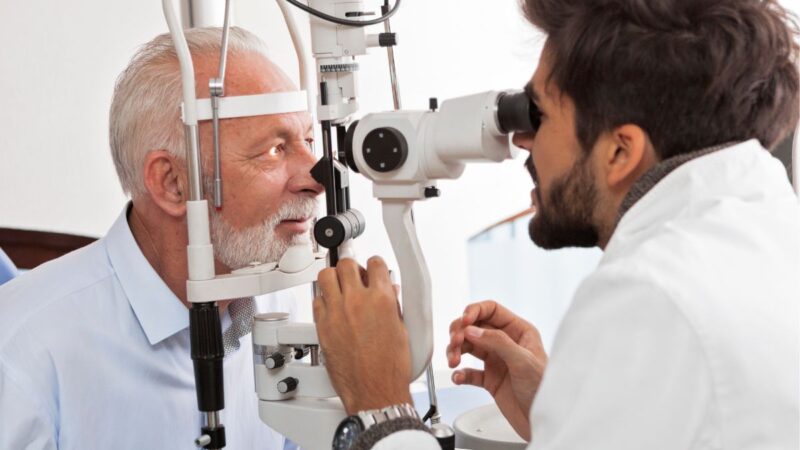Every Little Thing You Required to Learn About the Newest Advancements in Glaucoma Treatment and Eyecare
In the world of ocular health, improvements in the therapy and monitoring of glaucoma have been gradually developing, leading the way for improved individual care and outcomes. From sophisticated diagnostic devices that provide extraordinary insights right into the condition progression to cutting-edge surgical methods that assure greater accuracy and quicker recuperation times, the landscape of glaucoma treatment is undertaking a significant improvement. With the emergence of unique medicine therapies, telemedicine services making it possible for remote monitoring, and a shift in the direction of individualized treatment techniques customized to specific patients, the field of eyecare is witnessing a paradigm shift. Remain tuned to uncover how these latest technologies are reshaping the method to glaucoma treatment and changing the future of eye health.
Advanced Diagnostic Technologies
Advanced analysis modern technologies play an important function in the early detection and tracking of glaucoma, enabling much more effective treatment and monitoring of the problem. Amongst these innovations, optical comprehensibility tomography (OCT) sticks out as a non-invasive imaging technique that gives comprehensive cross-sectional pictures of the retina, optic nerve head, and retinal nerve fiber layer. This high-resolution imaging assists clinicians assess architectural modifications in the eye triggered by glaucoma, enabling them to step in quickly.
In addition, aesthetic area testing, such as automated perimetry, is another necessary analysis device for reviewing glaucoma-related vision loss - glaucoma service near me. This examination measures the sensitivity of a person's visual area, aiding to find any kind of areas of vision loss or distortion. By incorporating OCT imaging with aesthetic field testing, health care providers can get a detailed understanding of the condition's development and tailor treatment prepares accordingly
Minimally Invasive Procedure
In the realm of glaucoma management, the emphasis changes in the direction of minimally invasive operations as an aggressive strategy to attend to the progression of the problem complying with innovative analysis assessments such as optical comprehensibility tomography (OCT) and aesthetic area screening. Minimally intrusive glaucoma surgical procedures (MIGS) have actually gained popularity because of their effectiveness in lowering intraocular pressure while decreasing the dangers and healing times related to standard glaucoma surgical treatments. These procedures are commonly carried out with tiny cuts, often together with cataract surgical treatment, making them much less invasive and more comfy for clients.
Some usual MIGS procedures consist of trabecular micro-bypass stents, which improve the outflow of aqueous wit, and micro-sized implants that improve water drainage in the eye. In addition, laser treatments like careful laser trabeculoplasty (SLT) provide a non-invasive option for decreasing intraocular stress. By including these minimally invasive strategies right into glaucoma administration, ophthalmologists can provide people with efficient treatment alternatives that focus on safety and quick healing, eventually improving long-term end results for people with glaucoma.
Unique Medicine Treatments
Arising drug treatments existing promising opportunities for improving the medicinal administration of glaucoma, providing ingenious methods to deal with intraocular pressure control and illness development. One unique drug treatment that has actually garnered interest is Rho kinase inhibitors. These drugs work by targeting the Rho kinase pathway, which contributes in controling the tone of the trabecular meshwork, this article the eye's water drainage system. By hindering this pathway, Rho kinase preventions help to enhance liquid wit discharge, thus reducing intraocular stress.

Telemedicine and Remote Monitoring
With the evolution of unique medicine treatments expanding the therapy landscape for glaucoma, the assimilation of telemedicine and remote tracking emerges as a pivotal component in enhancing client care and disease management. Telemedicine permits eye treatment experts to remotely assess individuals, offer appointments, and display disease progression without the requirement for in-person gos to. This is especially valuable for glaucoma individuals that require frequent monitoring to prevent vision loss. Remote surveillance modern technologies enable patients to determine their intraocular pressure or visual field in your home, enabling prompt adjustments to therapy plans. By making use of telemedicine and remote surveillance, doctor can enhance access to care, improve client conformity, and spot possible issues early, bring about much better outcomes for people with glaucoma. In addition, these innovations offer convenience for clients, especially those in remote areas or with flexibility constraints, by minimizing the need for constant clinic check outs. Welcoming telemedicine and remote monitoring in glaucoma administration represents a substantial innovation in optimizing client care and treatment effectiveness.
Personalized Therapy Approaches
Progressing past typical one-size-fits-all techniques, personalized treatment techniques customized to specific client qualities are revolutionizing the administration of glaucoma. By personalizing treatment plans based upon variables such as age, illness severity, lifestyle, and various other wellness problems, ophthalmologists can maximize end results and improve individual satisfaction.
Customized treatment techniques in glaucoma involve a thorough analysis of each person's unique account. This may include genetic screening to recognize particular risk aspects, imaging strategies to evaluate architectural adjustments in the eye, and useful tests to evaluate aesthetic field loss. By integrating these individualized understandings, doctor can establish targeted treatments that resolve the underlying root more helpful hints causes of glaucoma progression for every person.
In addition, advancements in technology have allowed the development of personalized treatment choices such as minimally invasive glaucoma surgeries (MIGS) customized to the patient's specific requirements - glaucoma service near me. These treatments offer efficient intraocular stress control with less difficulties, improving the overall top quality of look after glaucoma individuals. Accepting tailored treatment techniques notes a significant paradigm change in glaucoma administration, stressing precision medicine to deliver tailored remedies for far better patient outcomes
Conclusion
In verdict, the most up to date advancements in glaucoma therapy and eyecare include advanced analysis innovations, minimally intrusive procedures, unique medicine therapies, telemedicine and remote monitoring, and tailored therapy strategies. These developments are changing the way we diagnose and treat glaucoma, supplying even more tailored and reliable choices for people. By staying current with these advancements, health care professionals can give better treatment and improve results for people with glaucoma.

With the advancement of novel medication therapies increasing the therapy landscape for glaucoma, the integration of telemedicine and remote surveillance emerges as a critical component in boosting client care browse around this web-site and condition management. hearing service near me. Embracing telemedicine and remote tracking in glaucoma management stands for a substantial development in optimizing client treatment and therapy effectiveness
In verdict, the most recent technologies in glaucoma treatment and eyecare consist of progressed analysis innovations, minimally intrusive medical procedures, novel medication therapies, telemedicine and remote surveillance, and personalized therapy methods.